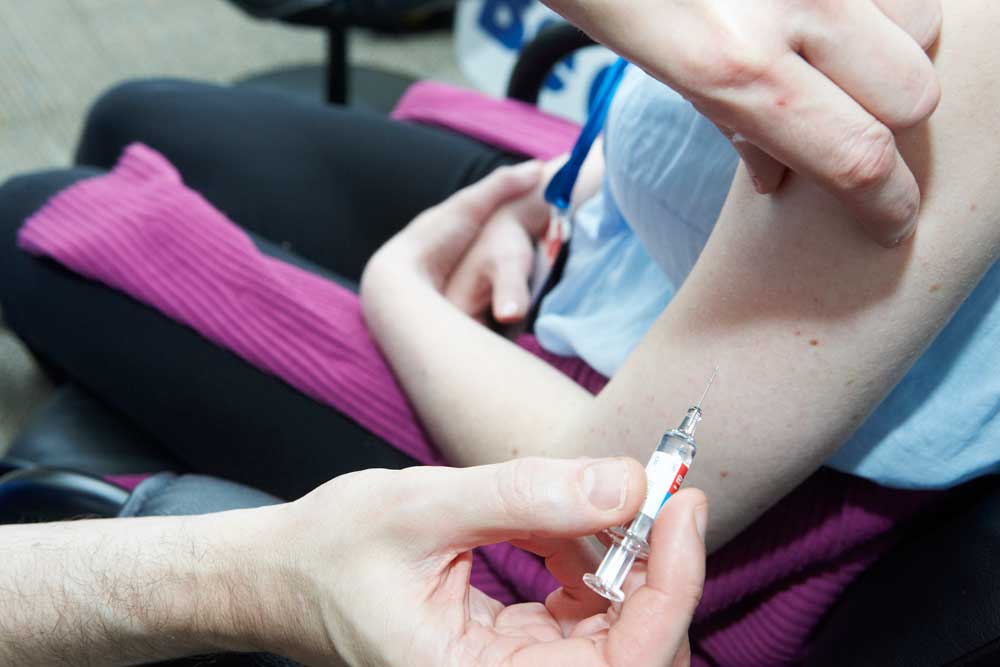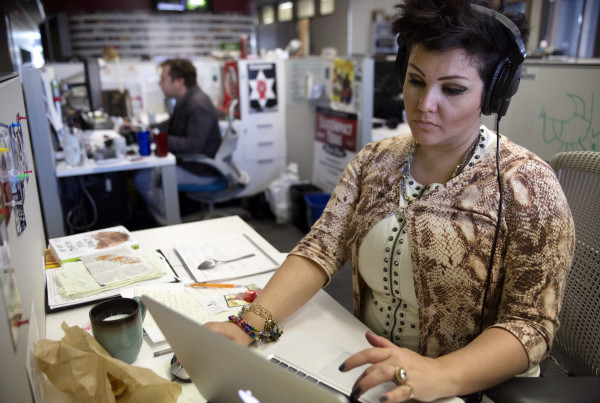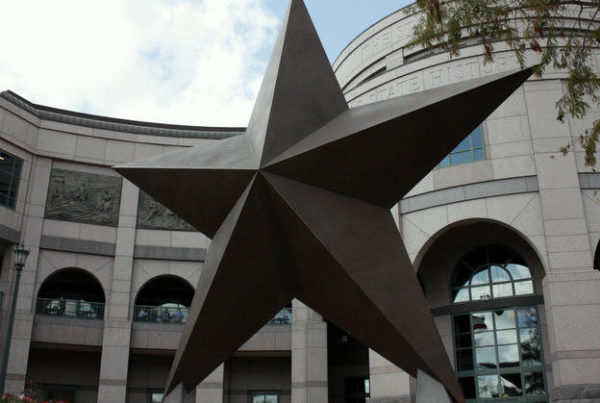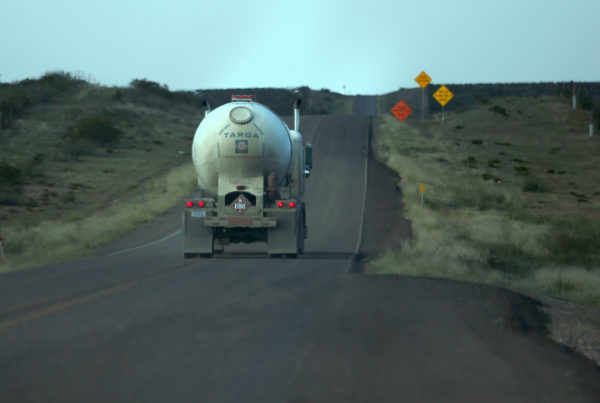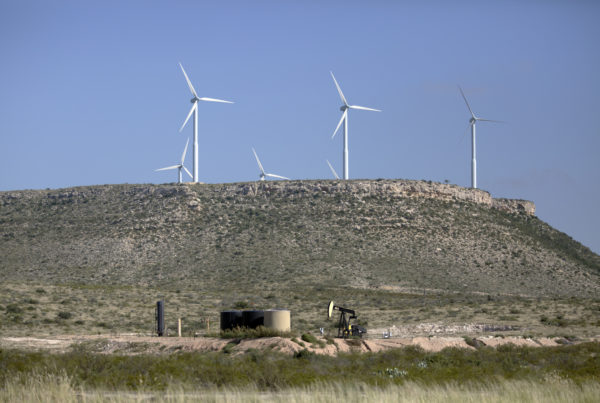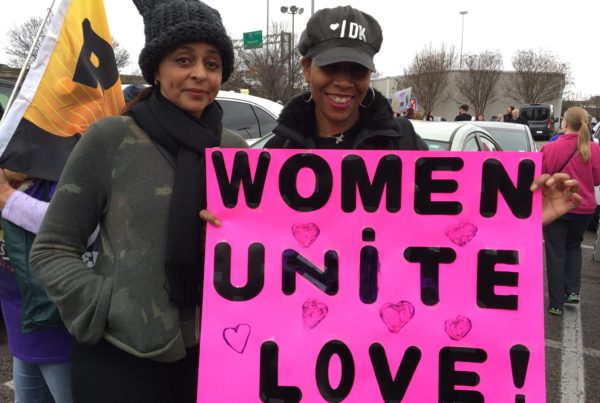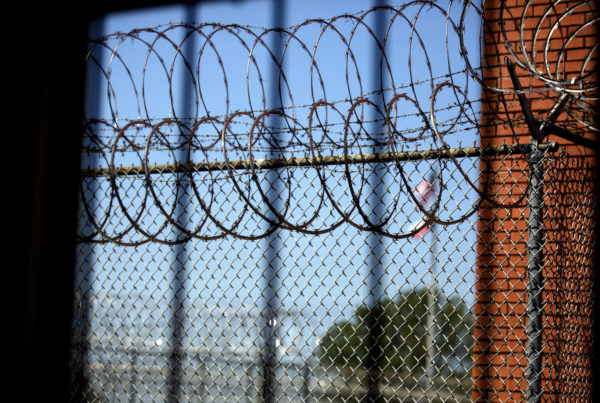There are still a few more months before the official end of flu season, and experts agree, this one has been a doozy. Hospitals are feeling the crunch, with big city medical centers like those in Dallas and Houston saying they’re running low on beds.
This raises a question about how well-prepared hospitals are to deal with large disease outbreaks. This includes the danger that medical providers won’t have the supplies they need. Hospitals in some areas already report that they’re running at, or near their capacity for treating for flu, resulting in a shortage of saline.
But the spike in flu cases alone is not enough to cause such a shortage. Morten Wendelbo, lecturer at Texas A&M’s Bush School of Government and Public Service, says a revamp of the nation’s global supply chain is necessary to prevent medical supply shortage.
The U.S. gets medical supplies abroad and from U.S. territories including Puerto Rico. However, the island is still recovering from historical devastation of Hurricane Maria. This, in turn, has affected the availability of saline in the U.S.
“With the saline production shut down and the flu increasing rapidly the two have sort of caused a shortage that’s leading to treatments that aren’t quite good as they should have been,” Wendelbo says.
While Wendelbo says this situation is unlikely to result in a crisis, it points up a deeper issue in the U.S. global supply chain. With approximately 80 percent of medical materials sourced abroad, it is increasingly difficult to obtain these resources in a crisis situation.
“When in a pandemic or even an epidemic, a smaller disease outbreak or biowarfare or something like that, not only will we need these crucial medicines, but we will also have a very hard time sourcing them from abroad,” Wendelbo says.
What about reserves of medical suplies? Wendelbo says there is only so much stockpiling hospitals can do.
“In a normal year, if Puerto Rico hadn’t been hit by Hurricane Maria and there was a bad flu outbreak, we’d probably be fine. If there only had been a shortage, but a regular flu outbreak, we would probably be fine as well,” Wendelbo says. “The problem is this sort of unhappy coincidence where they’re both occurring at the same time, and unfortunately that kind of simultaneous occurrence is quite likely in the future with most kinds of crises.”
While global sourcing is cheaper, Wendelbo says, the risks of supply interruption mean U.S. medical authorities need to plan ahead.
“That’s [abroad sources] really good on a day-to-day basis, everybody gets access to cheaper medicines because of it,” Wendelbo says. “But, in times of crisis, if deliveries don’t happen then of course we’re in trouble.”
Wendelbo says the supply chain resembles a massive puzzle with many pieces, because sources of supply are not confined to a few locations outside the U.S.
“The vast majority pharmaceuticals come from multiple different places before they are put together and their individual ingredients come from even more places,” Wendelbo says. “We have to understand these supply chains in much greater detail and identify where, sort of, the weak links are.”
Written by Elizabeth Ucles.


